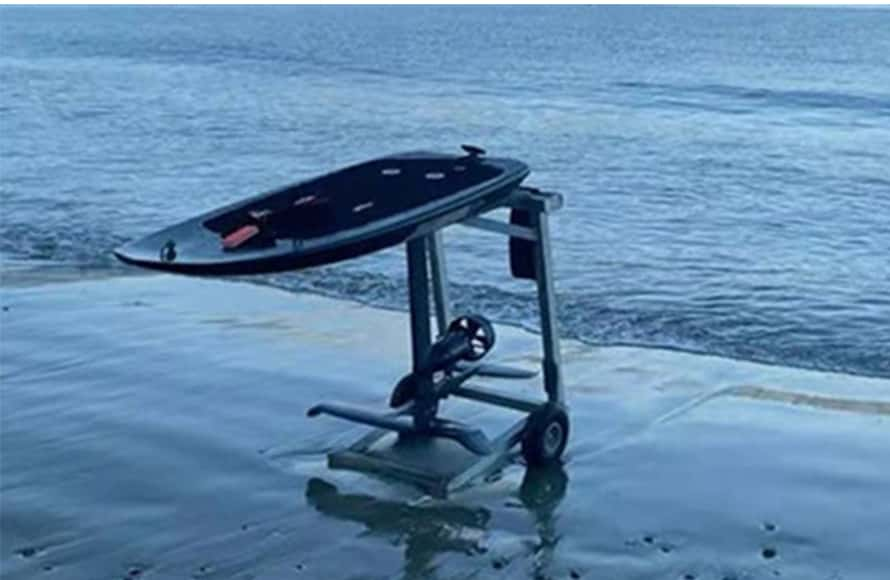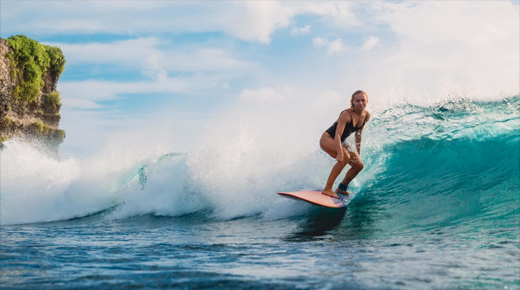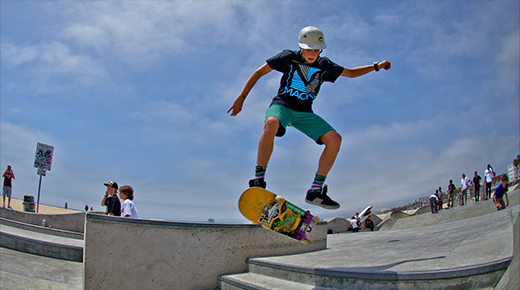Are you interested in electric surfboarding but unsure where to begin? Electric surfboards offer an exciting way to experience surfing without the need for waves, allowing you to ride smoothly over water with minimal effort. Whether you are completely new to the sport or have some previous experience with traditional surfing, understanding how to choose your first electric surfboard and master its use is essential for a smooth, enjoyable experience.
In this beginner’s guide, we will cover the key factors to consider when choosing your first electric-powered surfboard and offer essential tips for mastering the board, improving performance, and staying safe while riding.

How to Choose Your First Electric Surfboard: A Beginner’s Guide
Choosing the right electric surfboard is essential for beginners, as it ensures a more comfortable and enjoyable experience. There are many options on the market, so understanding what to look for can help narrow down the best models for new riders. Here are the top factors to consider:
1. Board Size and Shape
When selecting your first electric surfboard, size and shape are crucial factors. A larger, wider board offers greater stability, which is especially important for beginners still learning to balance and maneuver on the water. Generally, a board in the 5-6 foot range is suitable for most first-time riders. Wider boards are also more forgiving, providing better balance and easier control.
For beginners, choosing a board with a slightly thicker design might be preferable, as it helps with flotation, making it easier to stay upright. Some electric surfboards also have a slight concave shape, which can provide extra stability when you’re still mastering the basics.
2. Battery Life and Range
Battery life is an important consideration for anyone new to electric surfboarding. Most electric surfboards offer 30 to 90 minutes of ride time per charge, depending on the model, speed, and water conditions. For beginners, you may not want a super-fast board that uses up battery life too quickly. Instead, aim for a board with a moderate range that allows you to get used to the controls without constantly worrying about running out of power.
Consider the distance you’d like to ride before needing a recharge. The ideal range will depend on where you plan to use the board—calm lakes or short stretches of coastline will require less range compared to open oceans. In general, a range of 15-25 km per charge should be enough for beginners to practice without worrying about running out of power too soon.
3. Speed and Power
While advanced riders may seek faster speeds, beginners should start with a board that offers adjustable speed settings. Many electric powered surfboards come with multiple speed modes, allowing you to start slow and gradually build confidence. Speed is usually measured in miles per hour (MPH), and most beginner boards top out at around 20-25 MPH.
It’s important not to focus too much on the top speed as a beginner. Starting at a lower speed allows you to practice balancing, maneuvering, and controlling the board before progressing to higher speeds.
4. Price and Value
Electric surfboards can be quite an investment, with some high-end models costing thousands of dollars. As a beginner, you don’t need to go for the most expensive option, but you should still ensure that the board offers good value for your money. Look for reliable brands that prioritize safety, durability, and good customer service.
Some beginner models can range from $2,000 to $3,500, while mid-range boards typically cost between $3,500 and $5,000. Keep in mind that quality often correlates with price, and cheaper models may not offer the same performance or durability as higher-end boards.
Tips for Mastering Your Electric Surfboard: Practical Advice for New Users
Once you’ve chosen your ideal electric surfboard, it’s time to learn how to ride it. Mastering the board requires patience, practice, and an understanding of essential techniques. Here are some tips to help you improve your performance and ensure safety while riding:
1. Start in Calm, Shallow Water
As a beginner, it’s important to start in an area with calm water, free from waves or currents. Shallow water is preferable, as it provides a safer environment in case you fall or need to practice getting back on the board. You can progress to deeper water as your confidence increases.
Find a quiet spot away from boat traffic, other water users, and waves. A lake, lagoon, or protected bay is often the best environment for learning to ride your electric surfboard.
2. Master Your Balance and Stance
The key to controlling your electric surfboard lies in your balance and stance. Initially, start by kneeling on the board before gradually standing up. This will allow you to get used to the motion and balance on the board before you fully commit to standing.
Once you’re comfortable kneeling, rise to a standing position with your knees slightly bent and your body centered over the board. Keep your arms out for balance and maintain a relaxed posture. Your feet should be shoulder-width apart, and avoid stiffening up—staying loose will help you absorb any bumps or waves.
3. Start Slowly and Increase Speed Gradually
While it can be tempting to go full throttle, beginners should start at the lowest speed setting. Electric surfboards often come with multiple speed modes, so start in the lowest gear to familiarize yourself with the board’s controls. Gradually increase the speed as you get more comfortable handling the board.
You should practice turning and maneuvering at slow speeds before you attempt any sharp turns or higher speeds. Once you’ve mastered the basics, feel free to gradually raise the speed to increase your control and stability.
4. Turn and Maneuver with Confidence
Turning your electric surfboard is one of the most rewarding aspects of riding, but it can be tricky for beginners. To turn, shift your weight to the side of the board you want to turn towards. As you get better, you can practice carving, a technique that lets you turn more sharply by leaning into the board.
When turning, always ensure that you maintain your balance, as quick movements can cause you to lose control. Practice wide turns before progressing to tighter, more advanced maneuvers.
5. Always Prioritize Safety
Safety should always be your top priority. Here are a few tips to stay safe while electric surfboarding:
- Wear a Life Jacket: Even if you’re a strong swimmer, a life jacket is essential for safety. It helps keep you afloat and provides extra buoyancy, especially if you fall off the board.
- Inspect Your Equipment: Before each ride, check your electric surfboard’s battery, remote control, and safety features to ensure everything is in good working order.
- Know Your Surroundings: Avoid areas with heavy boat traffic or strong currents, and be mindful of local wildlife. Always ride with a friend or someone who can assist in case of emergencies.
Enjoy Your Electric Surfboarding Adventure!
Electric surfboarding is an incredible sport that offers a unique blend of adventure, thrill, and relaxation. By carefully choosing the right board for your needs and practicing key techniques, you’ll soon find yourself gliding effortlessly over the water. Remember to take things slow at first, master your balance, and always prioritize safety.
If you’re ready to take your first ride, use the tips from this guide to ensure you have the best possible experience. The journey to mastering your electric surfboard might take time, but with practice and patience, you’ll be riding like a pro in no time.
Ready to embark on your electric surfboarding journey? Explore our top beginner electric surfboards and start riding today!






